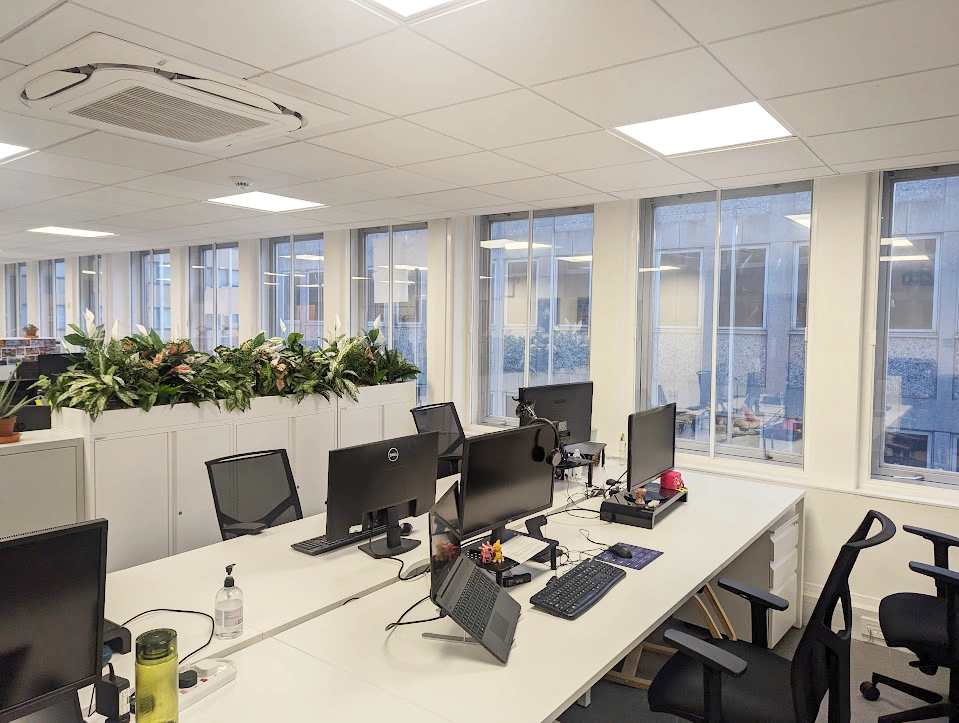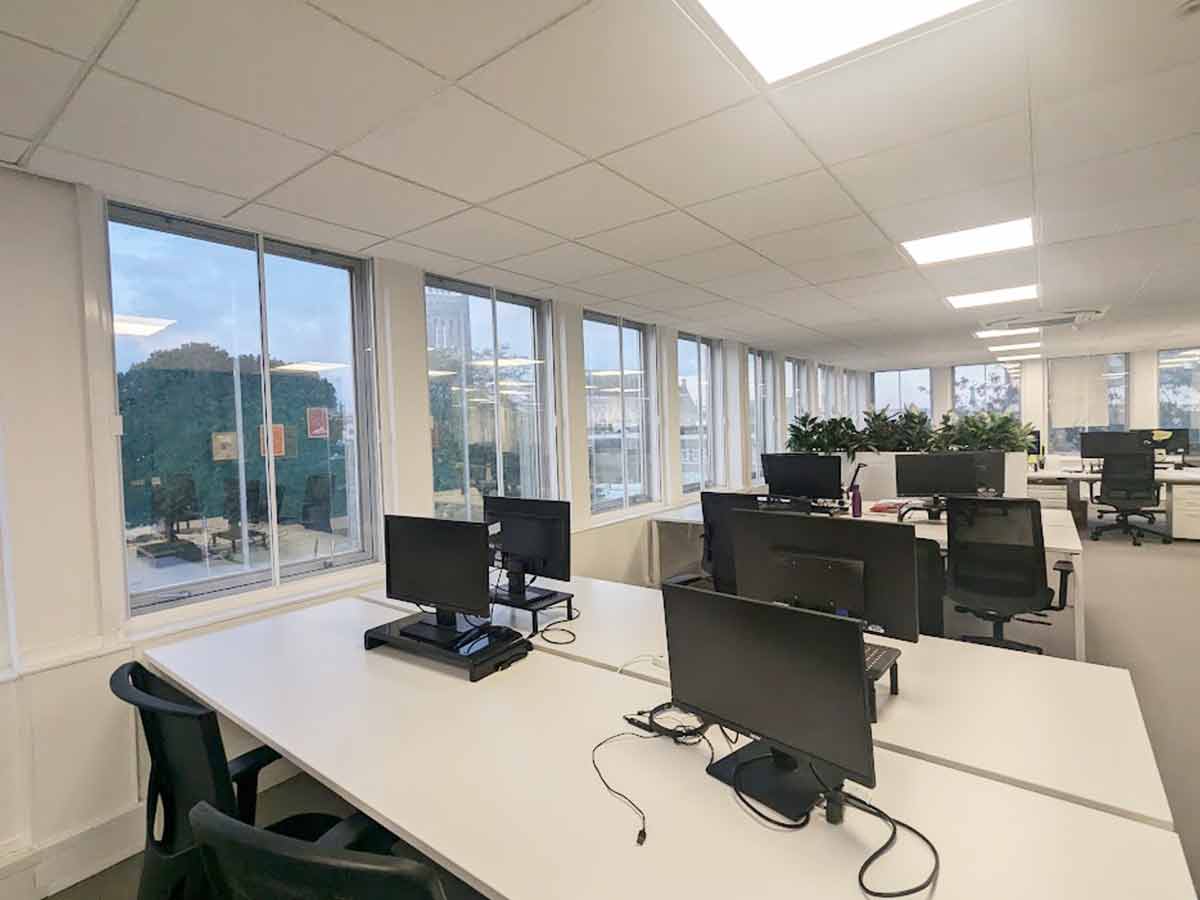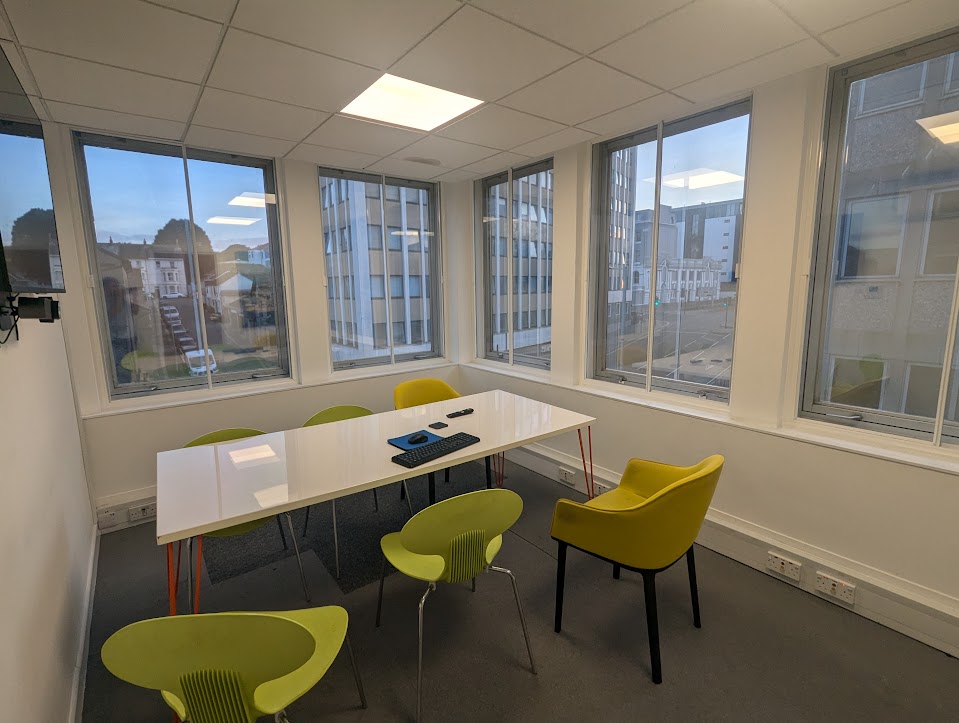Case Study
Secondary Glazing
Case Study: Installation of Secondary Glazing
The Project
The client wanted secondary glazing installed in their office space for their sixty-four windows. The reason they wanted it was to reduce the amount of noise coming from outside the building and replacing all sixty-four windows wasn’t an option.
Their offices are in Plymouth’s city centre, so they had lots of outside noise. The new secondary glazing has made a big impact on cancelling the amount of noise coming through and the client is very happy with the result.
The solid roof helps to regulate temperature, making the conservatory a more comfortable and usable space throughout the year.
The warm roof conservatory offers a range of advantages that make it a highly attractive option for homeowners.

There are several benefits to secondary glazing:
- Improved Insulation: It enhances thermal insulation, reducing heat loss and helping to maintain a more stable indoor temperature.
- Noise Reduction: It can significantly cut down on external noise, making it a popular choice in noisy urban environments.
- Energy Efficiency: By improving insulation, secondary glazing can lead to lower energy bills due to reduced heating needs.
- Reduced Condensation: It can help reduce condensation on windows, which in turn can help prevent issues like mould growth.
- Preservation of Original Windows: It’s often used in historic or conservation buildings where replacing original windows is not an option.
What is Secondary Glazing?
Secondary glazing is a method used to improve the insulation of windows by adding an extra layer of glazing to an existing window. This additional layer is typically installed on the interior side of the window, creating an insulating air gap between the original window and the secondary glazing.
Secondary glazing can be installed in various forms, such as fixed panels, sliding units, or hinged panels, depending on the specific needs and design of the space.



